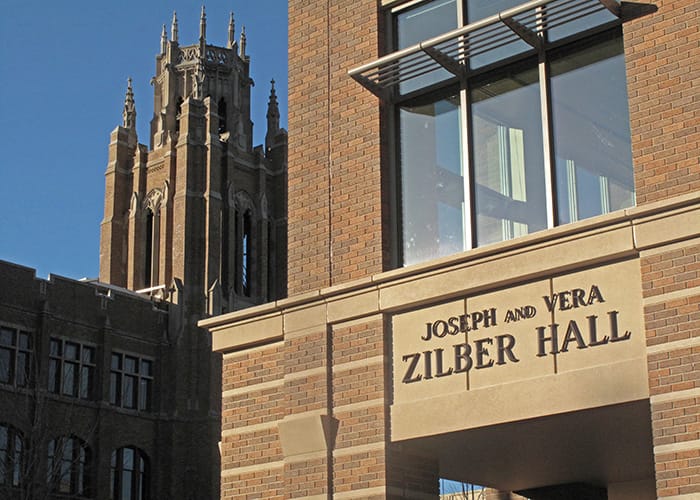Loan consolidation for graduate and professional students
What does it mean to consolidate my student loans?
Through loan consolidation, you can combine some or all of your outstanding student loans into one consolidated loan. Loan consolidation may extend your repayment period, eliminate the hassle of dealing with multiple lenders, allow you to repay your loan as a share of income and—in many cases—give you a break on interest costs. Loan consolidations are available from the Department of Education's Direct Loan Program, as well as private lenders participating in the department's government-guaranteed program.
How will the interest rate be calculated?
The interest rate for a Direct Consolidation Loan is the weighted average of the interest rates on the loans being consolidated, rounded up to the nearest one-eighth of one percent.
How do I apply for loan consolidation?
You can apply for a Direct Consolidation Loan through studentaid.gov, which offers both electronic and paper options. You can complete and submit the electronic application online or download, print, and mail a paper application. To ask questions before applying, contact the Loan Consolidation Information Call Center at (800) 557-7392. More information may be found at studentaid.gov/app/launchConsolidation.action.
What else do I need to know?
- You must include at least one Direct Loan or FFEL loan in your consolidation loan.
- You do not have to include all of your student loans in your consolidation loan.
- Private education loans are not eligible for consolidation.
- You may consolidate a single loan and/or an existing Direct Consolidation Loan.
- There are no application fees for a Direct Consolidation Loan.
- You may choose from a variety of repayment plans, including one based on your income.
- You may prepay your Direct Consolidation Loan at any time.
- You must continue making payments, if required, on the loans you want to consolidate until your consolidating servicer informs you otherwise.

